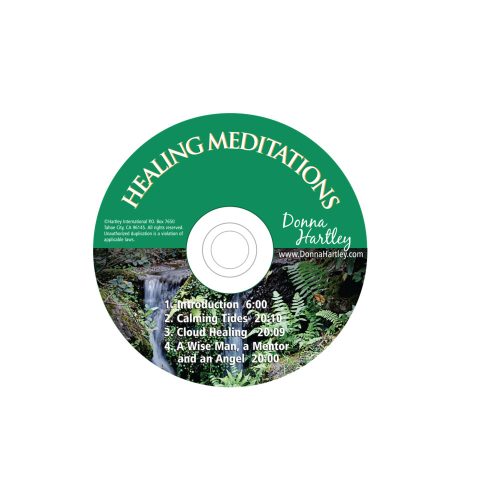
As I reflect on where I was this time last year, I can’t help but marvel at the obstacles we’ve all had to overcome and the questions we’ve all had to ask ourselves. Questions like, where do I find toilet paper, is it safe to go to the grocery store, when will I get to see or hug my friends again? While there was no way to predict so many of the changes to our daily lives, we all adapted to a “new normal.” Though, if my life has taught me anything, I’ve learned that as much as one can prepare and plan – sometimes you get thrown a curveball. And that is just what happened when I needed treatment for heart valve disease in the middle of a global pandemic.
This summer, when I was told that I was going to need an aortic valve replacement, I was shocked. I have overcome several challenges in my lifetime including childhood malnutrition, a heart procedure as a teen, a plane crash, stage III Melanoma, being a single mother, and open-heart surgery. Having yet another medical procedure was unexpected, especially during a pandemic, but I was determined to set myself up for success.
I also knew that I was not alone, as heart valve disease is diagnosed in 5 million Americans each year. Of those, 1.5 million, including myself, suffer from aortic stenosis (AS), in which the aortic valve does not open properly and affects the amount of oxygen-rich blood that leaves the heart with each beat.
COVID-19 created many unexpected challenges, but proactively managing my health remained a top priority for me. While care looks different in the current climate, being a proactive patient and staying in close contact with our doctors is critical to overall health and wellness to ensure we’re able to stay active and create the lives we want for now and in the future.
I did this the only way I knew how – by being my own best advocate. I conducted research on local healthcare systems with a history of successfully treating heart valve disease, consulted with my doctors and other patients about the right treatment option for my lifestyle and then turned that knowledge into action, yes – even in between state-wide lockdowns.
In coordination with my doctors, I chose to have a Medtronic transcatheter aortic valve replacement (TAVR) procedure. This was the right choice for me because of my history of open-heart surgery to replace a faulty aortic valve. The TAVR procedure was a much less invasive option compared to traditional open-heart surgery and in turn allowed for a much faster recovery.
Today, I feel healthier and am back to my active life. The pandemic may be keeping us from our normal lifestyles, but I was not going to let that hold me back with my newfound energy. Within one week I was back walking again and just three months post-surgery I walked over 500 miles in my neighborhood pushing my cat in her stroller every step of the way! Come winter, I am spending my days skiing throughout Lake Tahoe. If I have learned anything over the past year, it’s that taking care my health each day is my first priority and the rest will follow.

For anyone dealing with a diagnosis of heart valve disease, either personally or supporting a loved one, here are four things to know about managing heart valve disease during a pandemic:
- Keep Your Goal in Mind: My goal was returning to my active life, especially during ski season. Think about what matters most and keep that end goal in mind. When discussing treatment options with my doctor, I decided to choose the option that would potentially allow me to make a quicker return to the ski slopes and my everyday activities. Like many heart valve patients, being able to resume my normal activity was a guiding factor in deciding my next steps. In fact, according to a recent survey conducted by patient advocacy organization HeartValveSurgery.com, nearly half (49%) of respondents said a return to active living is a key factor in their treatment decision. One in three patients said they wish they would have sought treatment sooner.
- Stay in Care: Patients with heart valve disease are still receiving excellent care, even amidst a global pandemic. I received my heart procedure at the height of the pandemic, and I feel better than ever and so happy I decided to move ahead with my treatment.
Remember, delaying treatment can be deadly. Even during a pandemic, I knew moving forward with treatment was the only way to avoid worsening symptoms and AS is a progressive disease. Heart teams are ready to help and hospitals have adapted their clinics by implementing protocols to ensure the safety of heart valve patients during COVID-19. - Consult a cardiologist. Meeting with my heart team allowed me to hear my options and decide what was best for me. In the HeartValveSurgery.com patient survey, nearly half (47%) said a general cardiologist diagnosed their heart valve disease. General cardiologists can diagnose and refer you to a heart team to discuss the best treatment.
To learn more about treatment options for heart valve disease, visit HeartValveSurgery.com and search Active Living.
— Published on March 3, 2021




